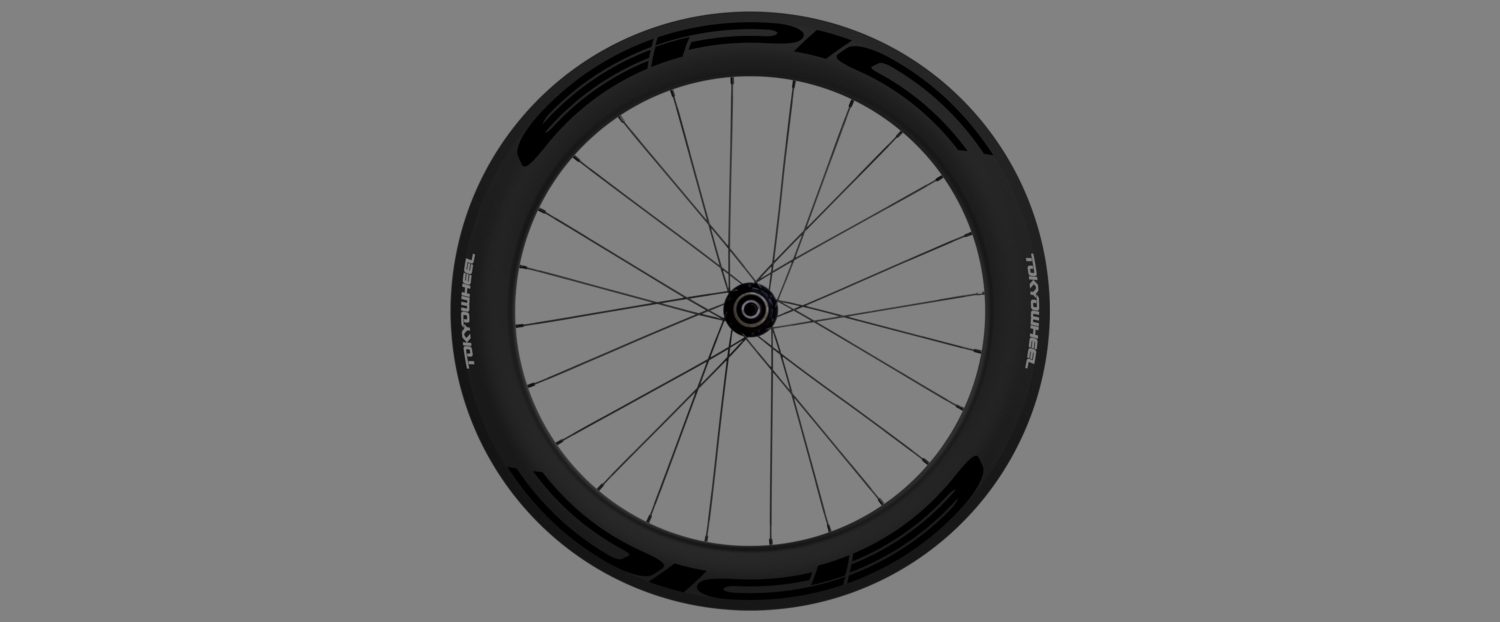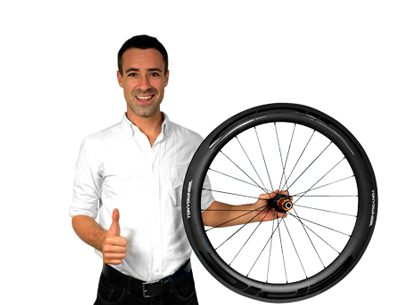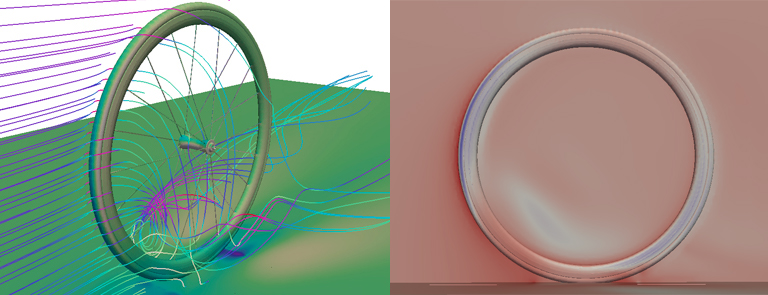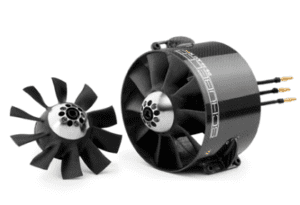

Seven years ago, carbon wheels for bikes were reserved only for the rich in Japan, as the price for a decent set was no less than a few thousand dollars. However, Tokyowheel’s founder, James Ferrer, set his mind to change this and give cyclists the access they wanted to high performance carbon wheels that were realistically priced. With this clear goal in mind, he began to import and distribute a brand of wheels made in the USA and open a small wheel building factory in Tokyo to improve them and enable customers to customize their orders.

From a distributing company, Tokyowheel soon became a producer, collaborating with the best manufacturing partners worldwide and expanding its sales outside of Japan. In the three years since, the company’s products have continued to improve and new versions were brought to market. Today, Tokyowheel sells in 69 countries and has staff on 4 continents. Together with the expansion, making use of technology to design significantly better products with every launch became compulsory in order to stay competitive. It’s no wonder the company integrated engineering simulation into its design process. Simulation’s main benefit is that it enables the analysis of different design variations from the beginning, thus allowing modifications and iterations in a few hours or days, compared to the weeks or even months involved in creating physical prototypes.
To ensure that the wheels were aerodynamic, the company’s team performed fluid flow analyses of strategically different wheel designs in parallel. The reason they chose SimScale as their simulation software was to reduce the design time and also the costs, as the traditional on-premises software requires having a dedicated workstation without the possibility of working remotely. It also implies much higher costs.
In the end, the simulations performed excellently! We compared the drag numbers and surface data generated by SimScale to those generated by other CFD packages and found a higher degree of accuracy and detail. We ran around 10 different simulations to generate the most accurate data we could.

Joel Cy Scott
Lead Engineer Tokyowheel
After producing a CAD model of the carbon wheel along with an MRF domain, the geometries were uploaded into the SimScale platform for meshing. In essence, a virtual wind tunnel was set up to mimic the real-world cycling environment. The domain contained a moving floor and the wheel’s geometry. The wheel was then rotated about its axis with an angular velocity that matched the tangential velocity of the floor. The inlet air speed entering the wind tunnel was set to match these conditions.
The simulations included a variety of wind angles (yaw angles) to generate drag values across the entire spectrum of riding conditions a customer may encounter. All of these parameters and their consequent boundary conditions produced strikingly impressive results. The manual snappyHexMesh was used for meshing, with an added rotating region approximated by the MRF method. Mesh refinements consisted of turbulent boundary layer refinements and surface refinements. A number of challenges were faced along the way—most notably, establishing the boundary conditions and meshing errors. All these challenges were overcome with the SimScale training videos, and personal 1:1 tutoring.

The simulations with SimScale took 30 minutes on average, using 16 cores. Ultimately, the engineers at Tokyowheel obtained drag force values on both the axis of travel and the perpendicular axis. The resultant data was crucial for the determination of the most aerodynamic carbon wheel profile. After testing multiple designs, they were able to move forward in an iterative way and converge on a significantly more aerodynamic wheel design.
“Our next steps will be completely iterative as we test more and more rim profiles, at different yaw angles, and compare the data. The results of our CFD simulations direct much of the design and manufacturing process. We will also be comparing our CFD results to wind tunnel data during the later stages of development, in addition to testing the designs with real cyclists on the road. We are confident the improvements that the CFD simulations carried out with SimScale have provided will result in a significant benefit to our customers’ cycling performance,” concluded Joel Cy Scott, Lead Engineer at Tokyowheel.
The results of the CFD simulations performed with SimScale direct much of the design and manufacturing process.




Sign up for SimScale
and start simulating now